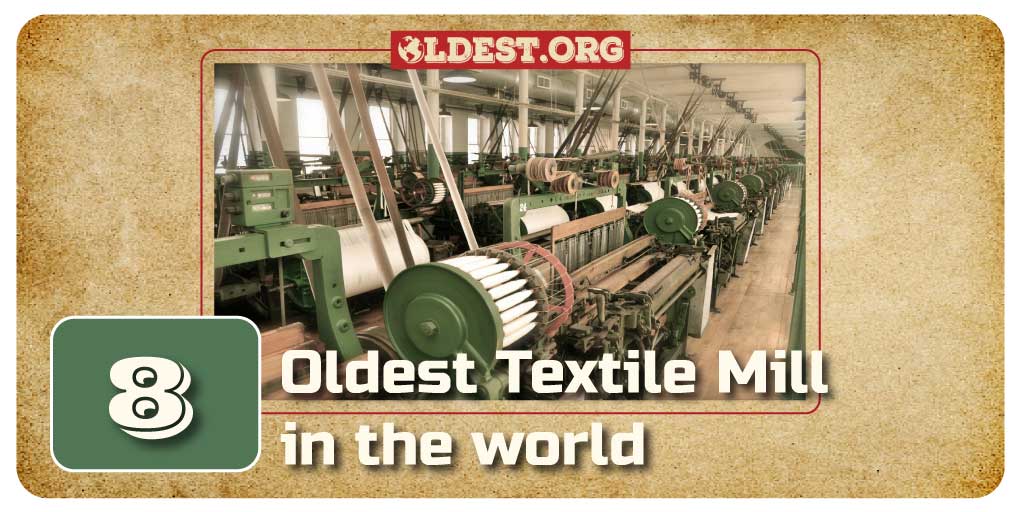Textile mills stand as time-honored witnesses to the evolution of craftsmanship and industry. Across continents and epochs, these mills have woven threads of innovation and tradition.
From the ancient looms of India’s early cotton industries to the mechanized revolutions of England’s Industrial Age, these mills echo the resilience of human ingenuity. Each brick, spindle, and fabric holds a story, unraveling the intricate web of civilizations and trade routes.
Join us as we unravel the rich heritage spun by these historic textile emporiums.
8. Boott Cotton Mills
Country: United States
Year: 1835
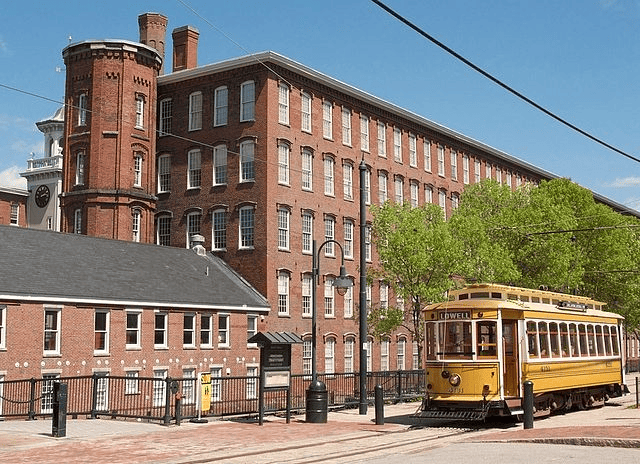
Boott Cotton Mills, situated in Lowell, Massachusetts, was founded in 1835 as part of the burgeoning textile industry in New England. This mill complex was among the earliest to adopt the factory system, employing large-scale machinery for cotton weaving and spinning.
Did You Know?
- The Boott Cotton Mills were a significant contributor to the Lowell System, employing young women from nearby farms as laborers in the textile factories.
- The site is now part of Lowell National Historical Park, showcasing the history of industrialization in America.
7. Verdant Works
Country: Scotland
Year: 1833
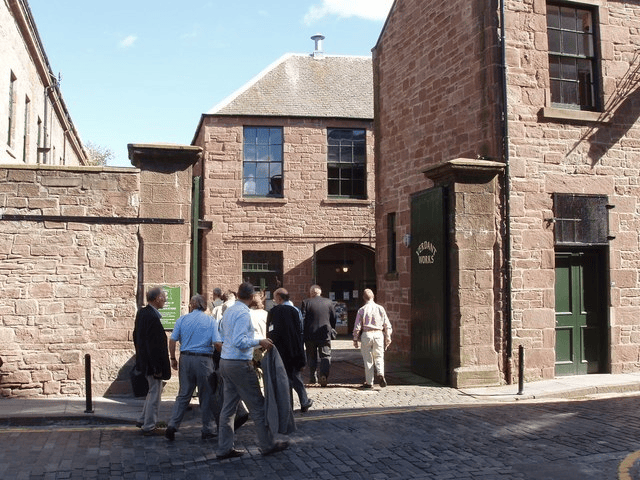
Verdant Works, located in Dundee, Scotland, was established in 1833. Initially a flax spinning mill, it later transitioned to jute production. This mill played a pivotal role in Dundee’s dominance in the global jute industry during the 19th century.
Did You Know?
- The mill’s transformation from flax to jute production reflected the changing demands and opportunities in the textile market during the Victorian era.
- Verdant Works now operates as a museum, preserving Scotland’s industrial heritage.
6. Lowell Mills
Country: United States
Year: 1814
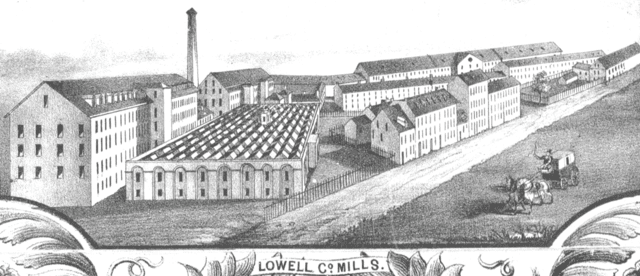
Lowell Mills, founded in 1814 in Waltham, Massachusetts, was an early textile mill in the United States. It pioneered the use of power looms for weaving cotton cloth, revolutionizing the textile industry and contributing to the economic growth of the region.
Did You Know?
- Lowell Mills adopted a unique integrated manufacturing system, housing all stages of textile production under one roof.
- The success of Lowell Mills inspired the establishment of similar industrial centers across the United States.
5. Slater Mill
Country: United States
Year: 1793
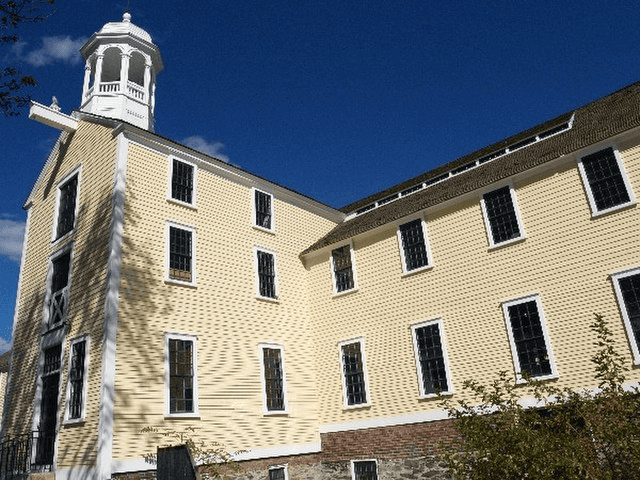
Situated in Pawtucket, Rhode Island, Slater Mill is revered as the birthplace of the American Industrial Revolution. Founded by Samuel Slater in 1793, this mill marked the advent of textile manufacturing in the United States. It specialized in spinning cotton using water-powered machinery.
Did You Know?
- Samuel Slater, often hailed as the “Father of the American Industrial Revolution,” brought the knowledge of textile machinery from Britain, laying the foundation for America’s textile industry.
- Slater Mill is now a museum complex, showcasing the evolution of textile manufacturing in the United States.
4. Helmshore Mills Textile Museum
Country: United Kingdom
Year: 1789 and 1852
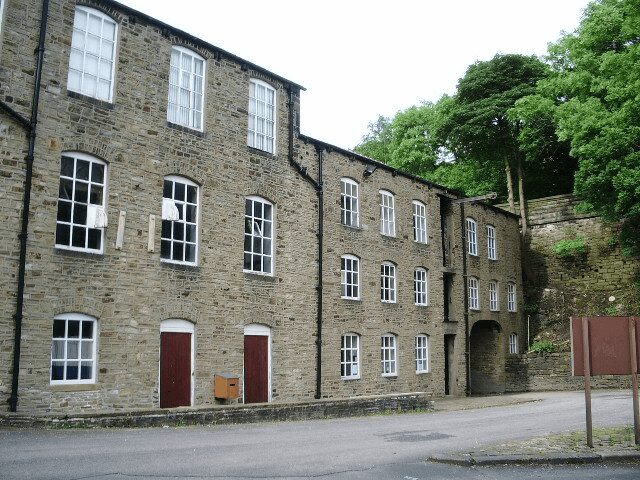
Helmshore Mills Textile Museum in Lancashire, England, comprises two historic mills: Higher Mill (1789) and Whitaker’s Mill (1852). These cotton spinning and weaving mills were central to Lancashire’s textile industry and underwent significant expansions during the 19th century.
Also read our article on the oldest cotton verities in the world.
Did You Know?
- The mills operated for over a century, witnessing various technological advancements in textile manufacturing.
- Helmshore Mills Textile Museum offers visitors a glimpse into the textile heritage of Lancashire through demonstrations and exhibits.
3. Quarry Bank Mill
Country: United Kingdom
Year: 1784
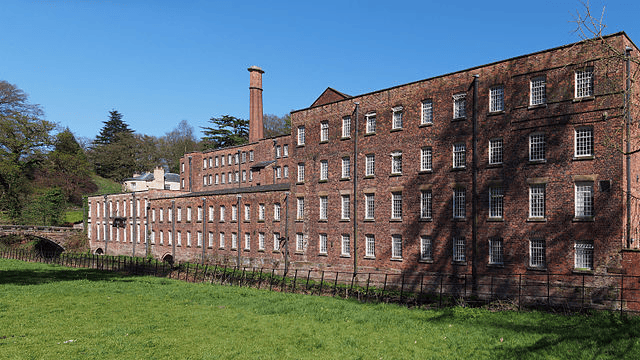
Located in Cheshire, England, Quarry Bank Mill was established in 1784 by Samuel Greg. It stands as a testament to the Industrial Revolution’s impact on textile manufacturing. This water-powered mill specialized in cotton spinning and weaving and played a significant role in shaping the cotton industry in England.
Did You Know?
- Quarry Bank Mill was known for its innovative use of technology, employing water and steam power to streamline production processes.
- The mill complex includes housing for workers, providing a unique glimpse into the lives of laborers during the industrial era.
2. Cressbrook Mill
Country: United Kingdom
Year: 1779
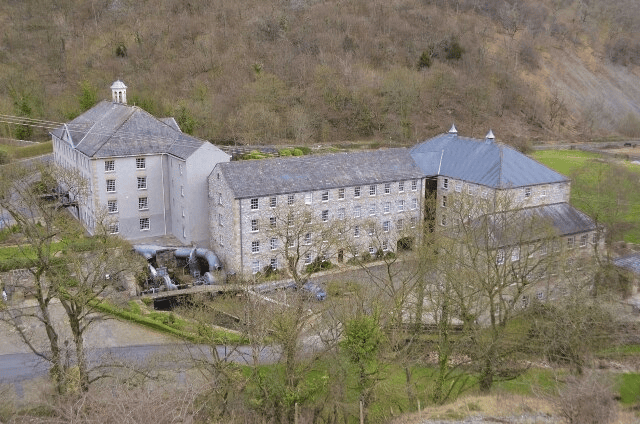
Cressbrook Mill, nestled in Derbyshire, England, traces its roots back to 1779. Initially a cotton mill, it later transitioned to silk production. The mill’s picturesque setting in the Peak District added to its allure during the Industrial Revolution.
Did You Know?
- Cressbrook Mill was known for its scenic location alongside the River Wye, attracting artists and writers seeking inspiration from its natural beauty.
- The mill ceased textile production in the mid-20th century and now serves as residential apartments.
1. Cromford Mill
Country: United Kingdom
Year: 1771
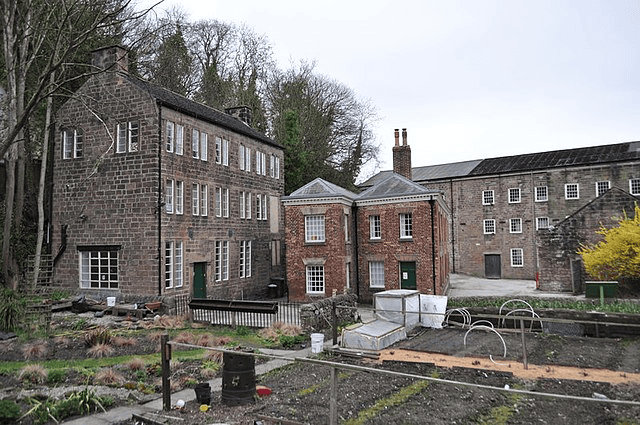
Cromford Mill, located in Derbyshire, England, holds the distinction of being the world’s first water-powered cotton spinning mill. Founded by Sir Richard Arkwright in 1771, it marked the beginning of the factory system and transformed textile production.
Did You Know?
- Cromford Mill was a pioneering example of harnessing water power for industrial purposes, leading the way for subsequent factories.
- The mill is recognized as a UNESCO World Heritage Site for its role in the Industrial Revolution.
Conclusion
These nine textile mills, spread across different continents, have left an indelible mark on the history of textile manufacturing. From the advent of water-powered machinery to the integration of factory systems, these mills shaped the trajectory of the textile industry, laying the groundwork for modern production methods. Their legacy endures through museums, heritage sites, and industrial landmarks, preserving the evolution of textile manufacturing for generations to come.


